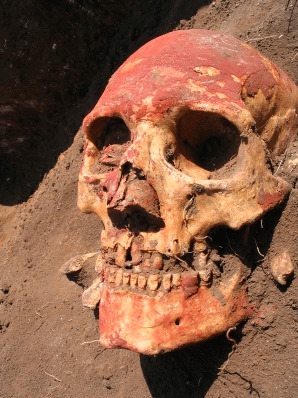Ancient Genomics Reveal Bronze Age Secrets
Trying to glean some details about long gone ages isn't easy, and though there's a wealth of knowledge already discerned, a lot of things are still called into question. Thanks to ancient genomics, though, the practice of sequencing ancient genomes, researchers are learning more about the Eurasian Bronze Age and some of the secrets it has long retained. The time period runs from approximately 3000BC to 1000BC, and was a big transitioning period for many things: culture, technology, and more.
Because DNA sequencing has become relatively inexpensive, researchers have proceeded to sequence 101 genomes from individuals who lived during the aforementioned span of time, answering questions in the process. The work was done by the Copenhagen Natural History Museum of Denmark's Eske Willerslev and Morten Allentoft, both of whom are palaeogenomicists.

Accordingly, Bronze Age cultural changes are indicated by the research to have been the result of migration more so than the mere spreading of ideas. Says the researchers, by 2000BC the genomes of individuals from that time period were akin to those from Yamnaya culture, rather than the genomes from before 3000BC, which were akin to the genomes of early Middle Eastern farmers.
Further indicated by all of this is that, according to Nature, Yamnaya migration contributed to Indo-European languages being spread into Western Europe. Also of interest are discoveries related to physical traits. Bronze Age Europeans, for example, weren't widely able to digest milk as adults, and the ability to tolerate lactose probably came from the Yamnaya.
SOURCE: Nature
